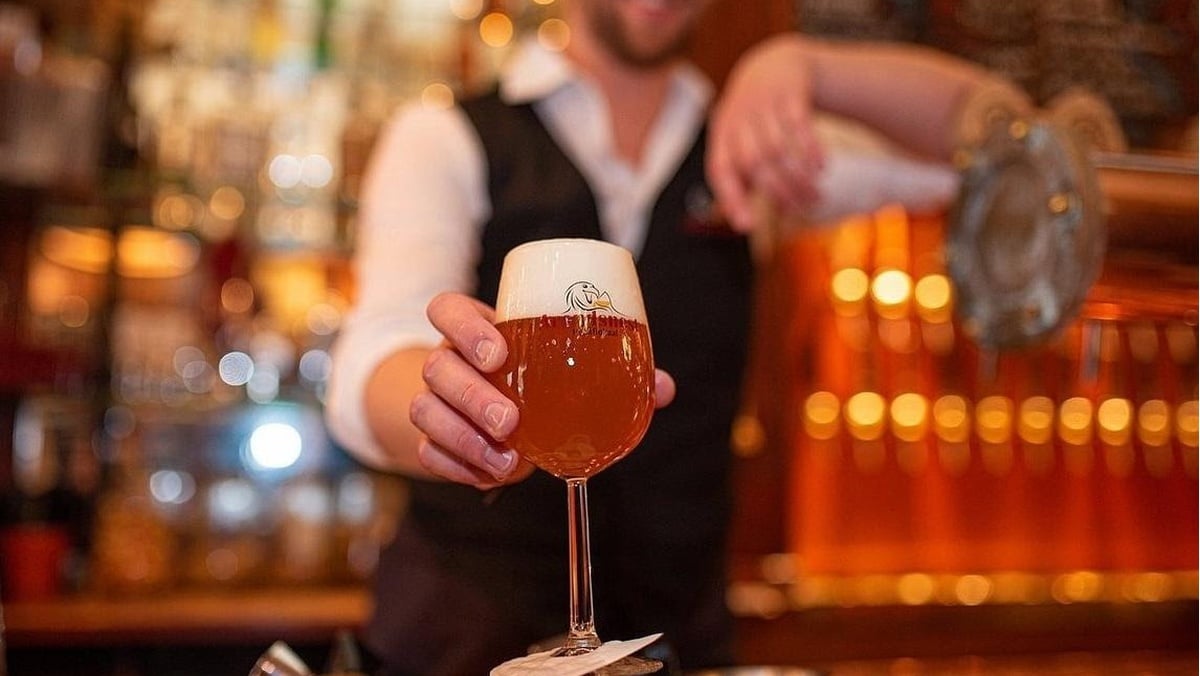
Welcome back to our impromptu and sporadically scheduled pandemic guide to anime. If you’ve missed any of our earlier entries, you can find them all here; for our introductory post you can go here.
Our new format focuses on just one or two series at once, and that’s what we’re going to stick with for the time being. That’s not to say that the dozen(s?) of shows we recommended before this don’t deserve their own standalone entries; they do, and maybe we’ll at some point in the future revisit them. After a breakneck tour of anime classics and not-so-classics alike, though, we can afford to slow down a bit.
This next entry is Why Anime Is Good. There’s no pretentiousness and no life lessons, but there is a bewildering array of references to folk histories Americans aren’t likely to know, in-jokes that are deeply darn funny to the handful of people they’re aimed at, and everybody’s favorite topic: politically tinged bureaucracy.
Welcome to The Office. In hell.
Hozuki’s Coolheadedness
There are very few shows that would not be immediately improved by plucking them up and resetting them in hell. Pick any show you can name. General Hospital? Sure, General Hospital. General Hospital would have been 10 times better if it was set in hell and featured, as plot point, the need to monitor the temperature of the cauldrons of molten metal that sinners were to be tossed into. The various Lassie movies? If that’s what moves you, so be it, but put Lassie in charge of the “biting animal abusers for eternity” department of hell and it’d give each of those movies some much-needed edge.
Hozuki’s Coolheadedness is a workplace comedy set in hell. Specifically, in Japanese hell, which is different from Christian hell but which has a workplace exchange program if you’re interested. The title character Hozuki is right-hand man to Great King Enma, the high judge who decides where each newly deceased sinner will land based on a bureaucratic review of their misdeeds and, conveniently, a magic mirror that functions like a whole-life VCR. Enma would much rather be slacking off, but Hozuki, a stiff and humorless ogre-demon who finds fulfillment only in work done to perfection, could likely run the whole realm himself if it came to it. Hozuki, however, has no intention of running the whole realm himself … and that’s bad news for every slacker in the afterlife. Best anime website to watch kissanime.

This one is relentlessly referential, and that’s a good thing. It manages to tie in great gobs of Japanese folktales and mythology—and breaks them. Momotaro, the legendary samurai born from a giant peach who conquered an entire island of demons with the help of his talking dog, monkey, and pheasant sidekicks—as one does—bumbles his way into hell looking to fight more demons. It goes poorly, but his animal friends are recruited for promising new careers as torturers.
The adorable bunny who sought revenge against a tanuki (translated version: “badger”) that tricked her beloved humans is here, straight from another well-known Japanese folktale. She is Miss Mustard, she is a master of brutality. Even mentioning tanukis in her presence will send her into an uncontrollable, ultra-violent rampage.

Mustard is the best rabbit in all of folkloredom, and I won’t have anyone saying otherwise. You can take your Watership Downs and stuff them.
There is little here that isn’t a riff on some ancient or not-so-ancient Eastern art or mythology, from flying demon carriages to hell’s most famous singing idol, the syrupy and appropriately horrible Peach Make. Bad workplace karaoke is there, along with full explanations not just of the nuances of Japanese hell in comparison to the Western version but details of individual levels of Japanese hell, how sinners are dispatched there, and what their own specific management challenges might be. There are screaming goldfish flowers, and competitions to reward the gardeners that can best grow them. There are enormous, deadly crustaceans because, again, hell. There are bored children waiting at the riverbank boundary of hell for their reincarnation, and embarrassed guards tasked with “tormenting” them in child-sized portions by … giving them blocks, but later kicking down the things they build. How will Hozuki handle the situation when those kids decide they’ve had enough?
Is a whole show about the bureaucratic mix-ups and challenges of managing hell’s 272 separate departments worth watching, what with the cartoonish (though still not as bad as Tom and Jerry) violence and the focus on torture by boiling, impalement, or bunny-based bludgeoning? Yup. It’s not scary, and relies more on deadpan humor than on gore. It is unpredictable, often clever, and unrelentingly, gloriously weird. Hozuki may be an ogre whose most notable skill is the ability to shock even Judeo-Christian hell’s Satan in his ever-efficient sadism, but he’s got a heart of … well, he’s got a …
Look, he makes the trains run on time, all right? And that’s important, because there’s a schedule to keep and those trains have got to run over a lot of tortured souls between now and dinner if you still want dinner to happen. You can watchcartoononline also.

There are a number of shows that will teach you Japanese folktales, most of which tend towards the bleak tales of the Brothers Grimm rather than the scrubbed and pretty modern versions we’ve bent them into. The Hozuki’s Coolheadedness versions may not be very accurate, but they’re much more fun.




